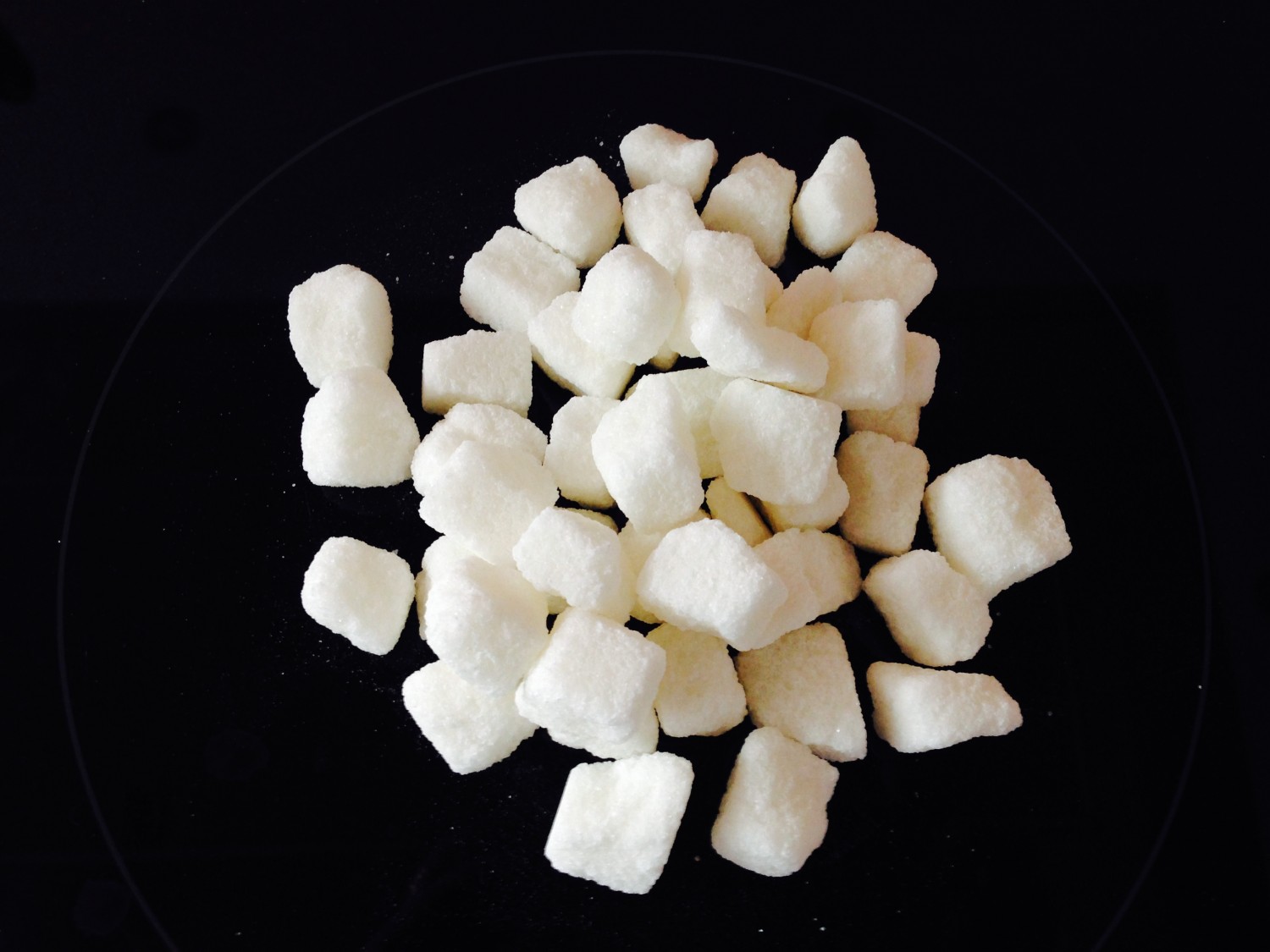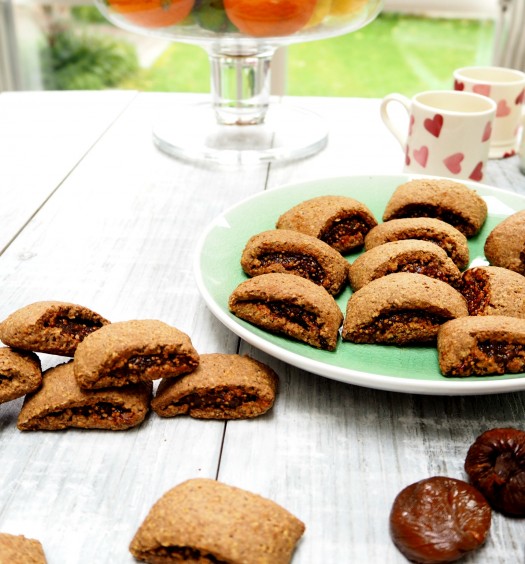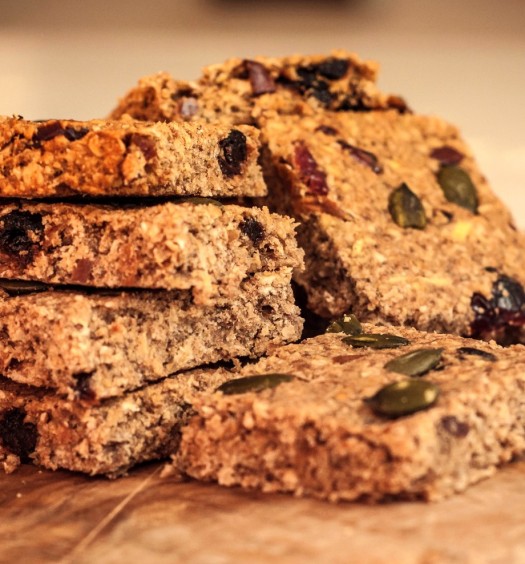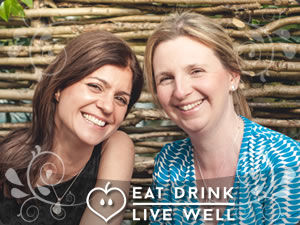Why we should all eat less sugar
Sugar: it’s the not so sweet hot topic of the month. The UK Action on Sugar group is raising sugar’s (negative) profile, working to reduce our intake of added sugar – specifically targeting sugar in processed foods and drinks; the World Health Organisation is halving it’s recommendation for maximum intake; Dr Lustig’s ‘sugar: the bitter truth’ on youTube has millions of hits.
The media has finally cottoned on to the fact that sugar isn’t as good as we thought it once was. The focus isn’t so much on January detox this year but on January sugar detox, and the message is clear – we should all eat less sugar.
 From a nutritional therapy perspective, that’s great news. There is zero nutritional benefit to refined sugar (even if it is brown). Instead, excess sugar intake is associated with obesity, Type 2 diabetes, tooth decay, cardiovascular disease, and potentially cancer. We need glucose – but only 1-2 tsp in our blood at any one time. Excess glucose damages the body, contributes to mood and energy swings and is stored as fat. In the case of excess ‘fruit’ sugar fructose (which we consume in large quantities via fruit juices, and high-fructose corn syrup used particularly in the US/Japanese food industry), fat additionally accumulates in the liver, contributing to fatty liver disease.
From a nutritional therapy perspective, that’s great news. There is zero nutritional benefit to refined sugar (even if it is brown). Instead, excess sugar intake is associated with obesity, Type 2 diabetes, tooth decay, cardiovascular disease, and potentially cancer. We need glucose – but only 1-2 tsp in our blood at any one time. Excess glucose damages the body, contributes to mood and energy swings and is stored as fat. In the case of excess ‘fruit’ sugar fructose (which we consume in large quantities via fruit juices, and high-fructose corn syrup used particularly in the US/Japanese food industry), fat additionally accumulates in the liver, contributing to fatty liver disease.
One of the easiest ways to improve someone’s health status is to remove sugar – but this is harder than it sounds. Recently sugar has been heralded as ‘the new tobacco’ and ‘more addictive than cocaine’. Too harsh or a reality we don’t want to face up to?
Maximum current added sugar recommendations are 10% of calorie intake, and the WHO looks likely to reduce this to 5%. In practical terms this means the ‘average’ woman would be limited to 6tsp, men 8tsp and for children aged 4-8 around 4-5tsp.
Yet UK adults currently average 15+ teaspoons a day (with some people consuming far more) and statistics scarily show that it is our children who are consuming the most added sugar.
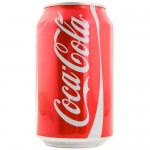 Most of this sugar comes from our growing intake of processed foods. In fact, one third is from soft and fizzy drinks. Other added sugar culprits include biscuits, cakes, confectionary but also soups, stir-fry sauces, cereals and yogurts – particularly low fat and low calorie foods. Trying to avoid sugar can be hard – it ‘hides’ under up to 50 different names.
Most of this sugar comes from our growing intake of processed foods. In fact, one third is from soft and fizzy drinks. Other added sugar culprits include biscuits, cakes, confectionary but also soups, stir-fry sauces, cereals and yogurts – particularly low fat and low calorie foods. Trying to avoid sugar can be hard – it ‘hides’ under up to 50 different names.
The simple way to reduce sugar is to make a few dietary changes. Firstly, ditch soft drinks, and then begin to read the ingredients list and sugar content. If sugar in any form is in the first four ingredients then steer clear. You’ll frequently see sweet labels with different forms of sugar as the top 3 or 4 ingredients with a small break for gelatine perhaps…and then more sugar.
But it’s important to apply common sense. All carbohydrates – grains, yogurts, fruit and veggies contain natural sugars. Natural, live yogurt is a healthy addition to the diet, containing no added sugar but ‘naturally’ has a couple of teaspoons per serving. A small glass (100mls) of fresh fruit smoothie or juice contains around 3 teaspoons of sugar but also valuable phytochemcials and nutrients; the problem lies in our serving sizes – we rarely limit ourselves to such a small amount. A tablespoon of tomato ketchup contains 1 teaspoon of sugar but is also one of the best sources of the beneficial phytonutrient lycopene – tomato ketchup once a week perhaps isn’t such a problem in comparison to the other soft drinks and other high sugar foods we consume each day.
1teaspoon of sugar is equivalent to 4 grams (i.e. 3 teaspoons of sugar is 12 grams). Below we’ve taken a selection of popular foods on the supermarket shelves and roughly translated grams to teaspoons per serving:
| Can of cola | 9tsp |
| Cereal (including coco pops, fruit and fibre, honey nut clusters, special k strawberry clusters) with semi skimmed milk | 4tsp |
| Cereal (including shreddies, special k) with semi-skimmed milk | 3 tsp |
| Tube of smarties | 6tsp |
| Twix twin bar | 7tsp |
| Haribo starmix 40g | 5tsp |
| Yogurt: Muller kids corner | 8tsp |
| Yogurt: Muller crunch corner | 7tsp |
| Heinz baked beans | 3tsp |
| Nutri-grain strawberry cereal bar | 3tsp |
| Go ahead apple bakes | 3tsp |
| Sharwoods sweet and sour cooking sauce | 8tsp |
| Tesco sweet chilli and ginger stir-fry pouch | 3tsp |
| Waitrose double chocolate chip cookie | 7tsp |
| Fruit shoot (orange/blackcurrant and apple) | 5tsp |
| 2 Petits Filous Frubes | 5tsp |
| 2 Oreos | 3tsp |
| Areo chocolate mousse | 3tsp |
| Belvoir sparkling elderflower presse | 5tsp |
It’s easy to see how it adds up.
It’s also easy to ask someone to eliminate a food, but what do we replace it with? We all like snacks, and we all have evenings when we’re too tired to cook and ready meals seem an easy option.
That’s why at Eat Drink Live Well we’re passionate about raising awareness of different foods, and also introducing our readers to healthy, practical and easy options in the recipes we feature. If kids aren’t eating coco pops for breakfast, we’ll look at realistic alternatives – porridge, eggs or breakfast muffins for example – recognising the need to get out of the door quickly. We test on our family and friends homemade snacks such as kale chips, popcorn, chocolate balls, healthier chocolate chip cookies, and fig rolls.
The key to sugar reduction is knowledge and developing an understanding of food labels – but also to finding viable alternatives to the sugar-laden foods currently offered to us by the food industry.
We hope you enjoy this blog post, let us know your thoughts in the comments below or on social media – we’re on Twitter, Facebook, Instagram and Pinterest. And don’t forget to sign up to our newsletter to receive a monthly update of our recipes, nutrition tips and expert advice.

